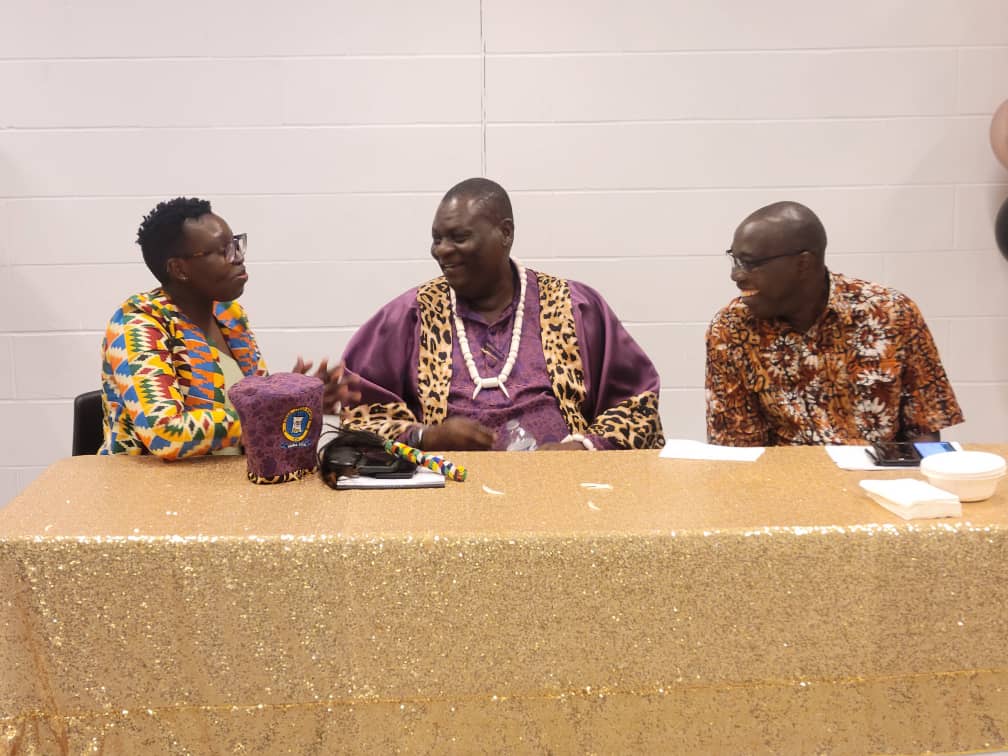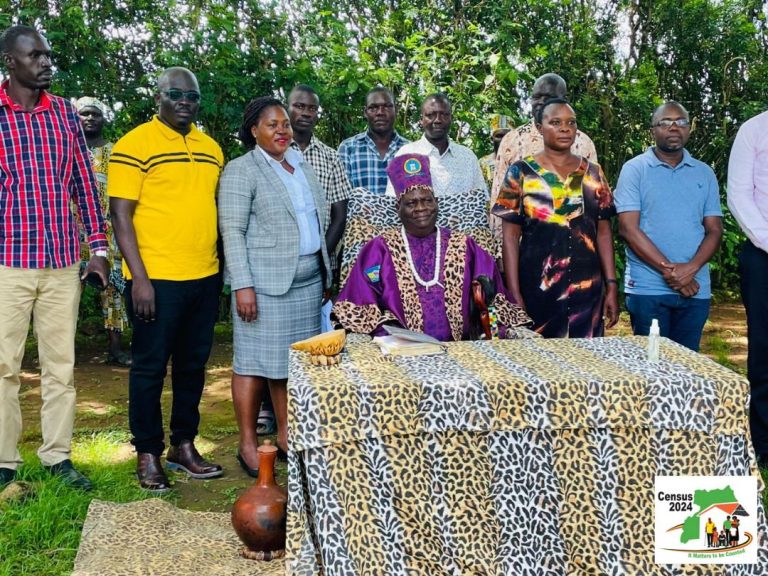Teso Development Network-Canada Chapter, Hosts the 4th International Annual Conference
Communiqué Issued at the 2-Day 4th International Annual Conference in Ontario Canada
April 5-6, 2024
Theme: “Preservation and Revitalization of the Indigenous Language and Culture of the Iteso People”
Overview
The 4th International Annual Conference organized by Teso Development Network Inc, Canada Chapter, convened at the Ajax Recreation Centre, Ajax, Ontario Canada, on April 5-6, 2024. The conference, under the theme \”Preservation and Revitalization of the Indigenous Language and Culture of the Iteso People,\” attracted participants from Canada and beyond.
Keynote speakers included Hon. Grace Ikirimat, Minister of Institutional Development and Investment in the Iteso Cultural Union (ICU), Dr. James Peter Ekobu, Elder and Board Member David Okuraja, Counsel and Board Member Acen Christine, and Mrs. Catherine Akello. His Royal Highness Paul Emolot Sande, The Emorimor of the Iteso, graced the occasion as the Chief Guest.
Highlights
Capt. Rtd Secundus Okiru Emijjo, the current Chairperson of the Board of Directors of TDN Inc Canada Chapter, delivered the welcome address. He emphasized the critical importance of the conference\’s theme, citing the UNESCO\’s warning about the endangered status of the Ateso language. He stressed the need for sustainable strategies to preserve the Iteso culture and language, urging proactive engagement from all Iteso worldwide.
Hon. Grace Ikirimat\’s keynote address addressed the challenges faced by the Iteso community and proposed solutions, particularly in education, health, and economic empowerment. Her presentation spurred active participation, with pledges of support from attendees like Dr. Sharon Atyang Emolot and her husband in the area of public health.
Elder David Okuraja delved into the origins and migration history of the Iteso, emphasizing key aspects of Iteso identity such as clans, culture, language, and naming conventions. He called for concerted efforts to preserve Iteso identity.
Dr. James Peter Ekobu advocated for value addition to traditional Iteso foods, leveraging the region\’s rich agricultural resources and educated populace.
Mrs. Catherine Akello presented strategies for the preservation of Iteso culture, including research and documentation, institutional strengthening, and organizing cultural festivals.
Counsel and Board member Achen Christine led an interactive session on immigration issues, offering insights into family reunification, study permits, and visitation.
Recommendations
The conference generated several recommendations:
Preservation of Traditional Foods: Educate, research, and preserve seeds for traditional Iteso foods. Control of seed supply will safeguard against hunger and ensure the continuation of traditional cuisine.
Regulation of Traditional Medicine: Organize, regulate, and register all traditional healers to preserve and promote Iteso traditional medicine practices.
Protection of Cultural Heritage: Patent Ajon and other significant aspects of Iteso tradition to prevent exploitation by profit-driven entities. This ensures that the cultural heritage remains in the hands of the Iteso community.
Promotion of Ateso Literature: Commission a team of Teso academicians and intellectuals to translate and publish Ateso works on platforms like Google Translate. This makes Ateso literature more accessible and promotes its usage and recognition.
Diaspora Engagement: Conduct a census of all Iteso people in the diaspora to understand their needs and facilitate cultural and linguistic connections with their homeland.
Community Support: Encourage contributions to the Iteso Education Fund to support initiatives aimed at preserving the language and culture, such as language education programs and cultural events.
Support for Indigenous Language Media: Foster the development of indigenous language media, such as radio stations, newspapers, and online platforms, to promote Ateso language and culture. This includes advocating for supportive policies and collaboration among media outlets.
Education Programs: Implement comprehensive education programs that incorporate the Ateso language and culture into school curriculums at all levels. This can include language classes, cultural studies, and extracurricular activities focused on traditional arts, music, and storytelling. promoting inter-generational transmission of language and cultural practices.
Support community language initiatives focused on Ateso language instruction, documentation, and preservation.
Incorporate Ateso Language in Primary Education: Integrate Ateso language instruction into the curriculum of all primary schools where Iteso learners are in the majority. This ensures that younger generations have access to their native language from an early age.
Community Language Centers: Establish community language centers where Iteso elders and language experts can teach the language to younger generations. These centers can serve as hubs for language immersion, cultural events, and intergenerational knowledge sharing.
Digital Resources: Develop digital resources such as mobile apps, online courses, and multimedia content to make Iteso language and culture more accessible to a wider audience, including Iteso diaspora communities.
Cultural Documentation: Support initiatives to document and preserve traditional Iteso folklore, oral histories, rituals, and ceremonies. This can involve recording elders, archiving historical materials, and creating digital libraries for future generations.
Language Revitalization Grants: Provide grants and funding opportunities for community-led language revitalization projects, such as language camps, immersion programs, and local language initiatives.
Interdisciplinary Research: Encourage interdisciplinary research that explores the connections between language, culture, health, and identity among the Iteso people. This research can inform policy decisions and community initiatives aimed at preserving Iteso heritage.
Collaboration with Elders: Engage Iteso elders as cultural ambassadors and advisors in language revitalization efforts. Their knowledge and experience are invaluable for preserving traditional language and cultural practices.
Media Representation: Advocate for greater representation of Iteso language and culture in mainstream media, including television, radio, literature, and film. This can help raise awareness and pride in Iteso identity among both Iteso and non-Iteso audiences.
Intergenerational Dialogue: Facilitate intergenerational dialogue and exchange to bridge the gap between older and younger Iteso community members. This can foster mutual respect, understanding, and appreciation for Iteso language and culture across generations.
Celebration and Recognition: Organize cultural festivals, language weeks, and heritage events to celebrate Iteso language and culture. These public events can serve as platforms for showcasing traditional practices, promoting language use, and fostering community cohesion.
Research and Innovation: Invest in research and innovation for the long-term sustainability of Ateso language and culture preservation efforts. This includes supporting initiatives that explore new technologies and methodologies for documentation, education, and promotion of the language and cultural practices.
Providing support and guidance on immigration matters for Iteso diaspora communities.
The conference concluded with a commitment to implement these recommendations and collaborate closely to preserve and revitalize the rich heritage of the Iteso people.
End of Communiqué.
Recorded and compiled
By Elder David Okuraja







